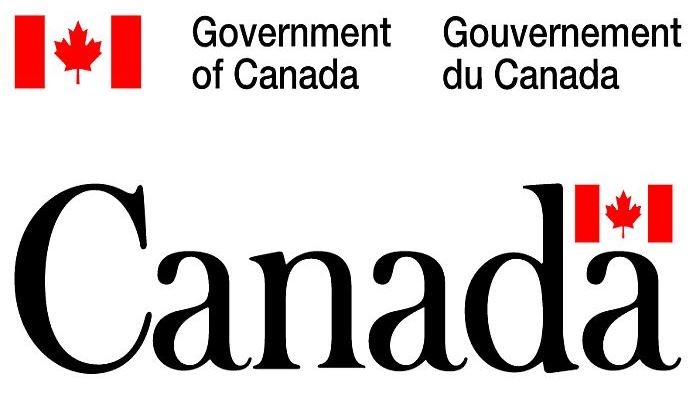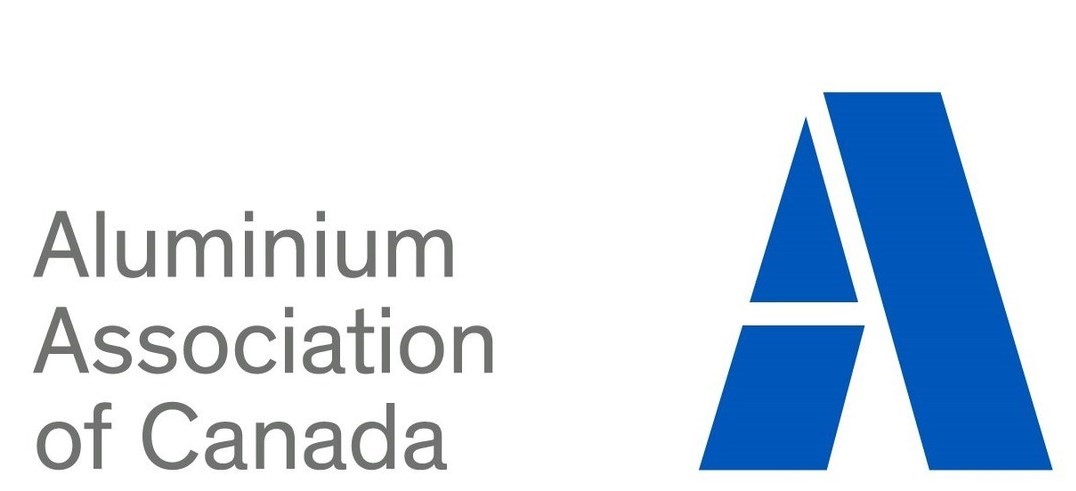

The Aluminium Association of Canada (AAC) hails the Government's support through Canada Economic Development for Quebec Regions, contributing to the full recognition of the North American origin of its metal through its continental markets and integrated value chain such as the automotive industry.

On 19th August’20, Honourable Mélanie Joly, the Minister of Economic Development and Official Languages announced the support, which is the culmination of more than two years of work by the industry.
Jean Simard, President and CEO of AAC, highlighted: "In this period of economic and political uncertainty for the industry, the authentication of aluminium is a highly strategic approach to leverage the strengths of Canadian aluminium and consolidate its markets.”
Thus, the system of authentication and traceability of primary aluminium produced in Canada will deliver:

Justin Trudeau’s government had already progressed, in compliance with the commitments of 17th May 2019, in connection with the industry, towards the building of a surveillance system through the Import Control List (ICL) which has been in effect since 1st September 2019. While this system provided near real-time visibility to listed imports, it did not supply visibility into Canadian exports to the United States.
Aluminium Association of Canada instituted two pilot projects, which were rolled-out in 2019 and 2020. In 2019, the AAC and the Optel Group of Quebec assessed the technical feasibility of adapting existing and proven cloud computing solutions in the aluminium smelter environment in Canada. This pilot project, known as "from smelter to border" was launched in September 2019; Aluminerie Alouette has been a participant.
Following the viability was bespoke by this first pilot; the AAC launched a second pilot project in March 2020 with one of Rio Tinto's smelter in Saguenay. This project is in the final phase. The goal is to test the transit of the metal from "smelter to border" through a processor intermediary, adding a level of complexity.
After this second pilot, the industry is ready for a countrywide activation of the concept.

The US–Canada tariff dispute in 2018 raised the issue of the origin of the metal entering the United States. It is from this moment that the AAC first identified industrial serialization technology (barcode identification), then traceability technology as innovative solutions applicable to its industry.
On 17th May 2019, a joint Canada–US declaration maintained the concepts of "surge" and "trans-shipment" in respect of foreign metal crossing the border from Canada, concepts that make metal traceability more relevant than ever.
On 1st July’20, the entry into CUSMA and the new Rules of origin (ROO) call for the realignment of the automotive value chain over the coming months and years. Material tracing is required to guarantee North American origin of metal. The traceability project will allow the Canadian Aluminium Industry to document a "smelted and poured" origin throughout the value chain.
Jean Simard concluded by saying: "This ‘link to market’ approach will help consolidate the commercial value chain of our strategic automotive market, from our primary production facilities, through SMEs from Quebec, Ontario and elsewhere in the country, and will provide reliable and comprehensive market data. A modern way to secure Canadian traceability in its most important market.”
Responses








